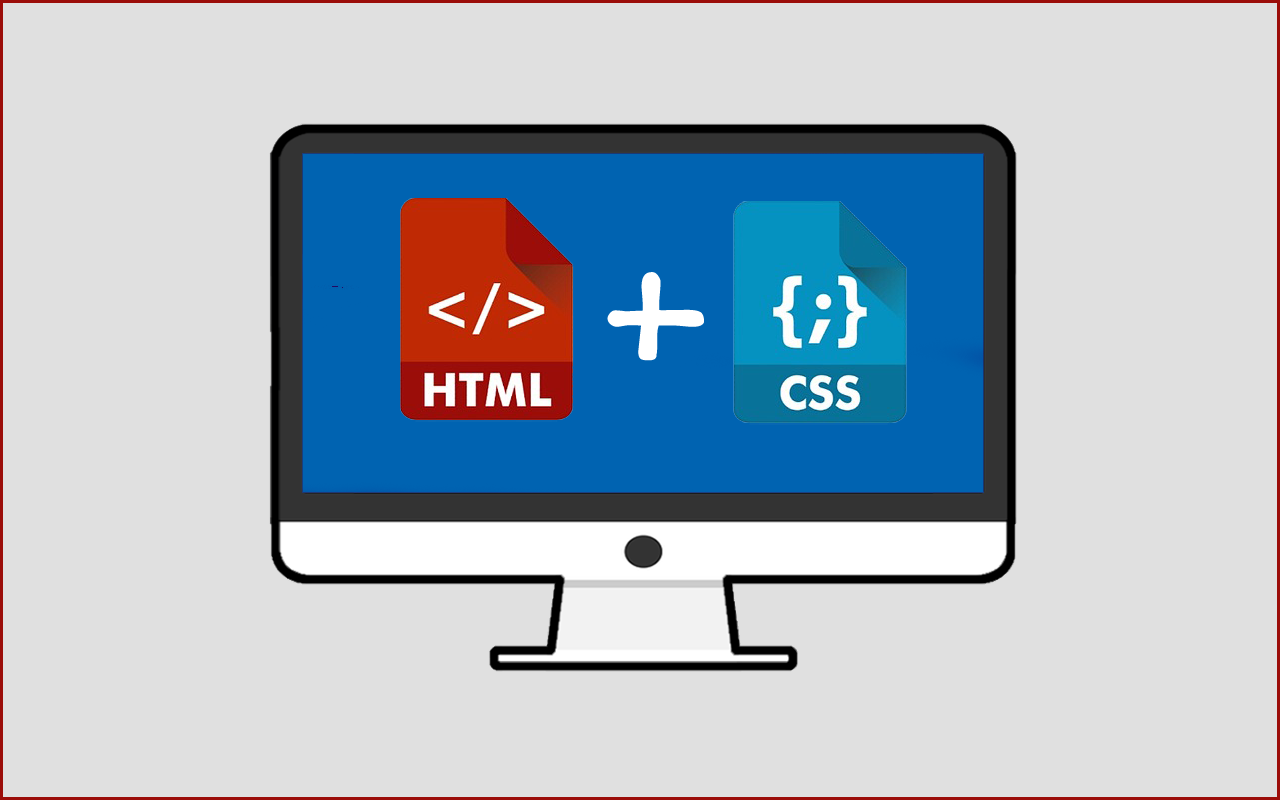خصوصیت display:
توسط این خصوصیت میتوانیم نمایش یا عدم نمایش یا حالت نمایش را برای یک تگ تغییر دهیم.مقادیر زیر را میگیرد
display: inline;
display: block;
display: block;در مثال زیر تمام تگ های لینک را مخفی میکنیم
span {
display: none;
}CSS Layout
ویژگی position نوع روش موقعیت یابی مورد استفاده برای یک عنصر (استاتیک، نسبی، ثابت، مطلق یا چسبنده) را مشخص می کند.تمام این مثال ها را باید جدا اجرا و خروجی را مشاهده کنید.از این خصوصیت در طراحی زیاد استفاده میکنیم و میتوانیم جای عناصر را خودمان تعیین کنیم
پنج مقدار موقعیت مختلف وجود دارد:
staticrelativefixedabsolutesticky
یک عنصر با موقعیت: static به هیچ طریق خاصی قرار نمی گیرد. همیشه مطابق با جریان عادی صفحه قرار می گیرد.این موقعیت به صورت پیش فرض روی تمام تگ ها میباشد:
div.static {
position: static;
border: 3px solid #73AD21;
}
یک عنصر با موقعیت: relative نسبت به موقعیت طبیعی خود قرار می گیرد.
div.relative {
position: relative;
left: 30px;
border: 3px solid #73AD21;
}
یک عنصر با موقعیت: fixed نسبت به Viewport قرار دارد، به این معنی که همیشه در همان مکان باقی می ماند حتی اگر صفحه اسکرول شود. از ویژگی های بالا، راست، پایین و چپ برای قرار دادن عنصر استفاده می شود.
div.fixed {
position: fixed;
bottom: 0;
right: 0;
width: 300px;
border: 3px solid #73AD21;
}
عنصر با موقعیت: absolute نسبت به نزدیکترین جد قرار گرفته قرار می گیرد (به جای قرار گرفتن نسبت به نمای دید، مانند ثابت).
div.relative {
position: relative;
width: 400px;
height: 200px;
border: 3px solid #73AD21;
}
div.absolute {
position: absolute;
top: 80px;
right: 0;
width: 200px;
height: 100px;
border: 3px solid #73AD21;
}
یک عنصر با موقعیت: sticky بر اساس موقعیت اسکرول کاربر قرار می گیرد.
div.sticky {
position: -webkit-sticky; /* Safari */
position: sticky;
top: 0;
background-color: green;
border: 2px solid #4CAF50;
}
The z-index Property
خصوصیت z-index ترتیب پشته یک عنصر را مشخص می کند (که کدام عنصر باید در جلو یا پشت بقیه قرار گیرد).این خصوصیت هم بسیار کمک کننده است و باید مفهوم آن را متوجه شوید
<html>
<head>
<style>
.container {
position: relative;
}
.black-box {
position: relative;
z-index: 1;
border: 2px solid black;
height: 100px;
margin: 30px;
}
.gray-box {
position: absolute;
z-index: 3;
background: lightgray;
height: 60px;
width: 70%;
left: 50px;
top: 50px;
}
.green-box {
position: absolute;
z-index: 2;
background: lightgreen;
width: 35%;
left: 270px;
top: -15px;
height: 100px;
}
</style>
</head>
<body>
<div class="container">
<div class="black-box">Black box</div>
<div class="gray-box">Gray box</div>
<div class="green-box">Green box</div>
</div>
</body>
</html>
CSS Overflow
ویژگی Overflowمشخص میکند که وقتی محتوای یک عنصر بزرگتر از آن است که در ناحیه مشخص شده قرار بگیرد، محتوا بریده شود یا نوارهای پیمایش اضافه شود.
visible- Default. The overflow is not clipped. The content renders outside the element's boxhidden- The overflow is clipped, and the rest of the content will be invisiblescroll- The overflow is clipped, and a scrollbar is added to see the rest of the contentauto- Similar toscroll, but it adds scrollbars only when necessary
div {
width: 200px;
height: 50px;
background-color: #eee;
overflow: visible;
}
div {
overflow-x: hidden; /* Hide horizontal scrollbar */
overflow-y: scroll; /* Add vertical scrollbar */
}
CSS Layout - float and clear
ویژگی float CSS نحوه شناور شدن یک عنصر را مشخص می کند.
left- The element floats to the left of its containerright- The element floats to the right of its containernone- The element does not float (will be displayed just where it occurs in the text). This is defaultinherit- The element inherits the float value of its parent
img {
float: right;
}<html>
<head>
<style>
div {
float: left;
padding: 15px;
}
.div1 {
background: red;
}
.div2 {
background: yellow;
}
.div3 {
background: green;
}
</style>
</head>
<body>
<h2>Float Next To Each Other</h2>
<p>In this example, the three divs will float next to each other.</p>
<div class="div1">Div 1</div>
<div class="div2">Div 2</div>
<div class="div3">Div 3</div>
</body>
</html>







.jpg)